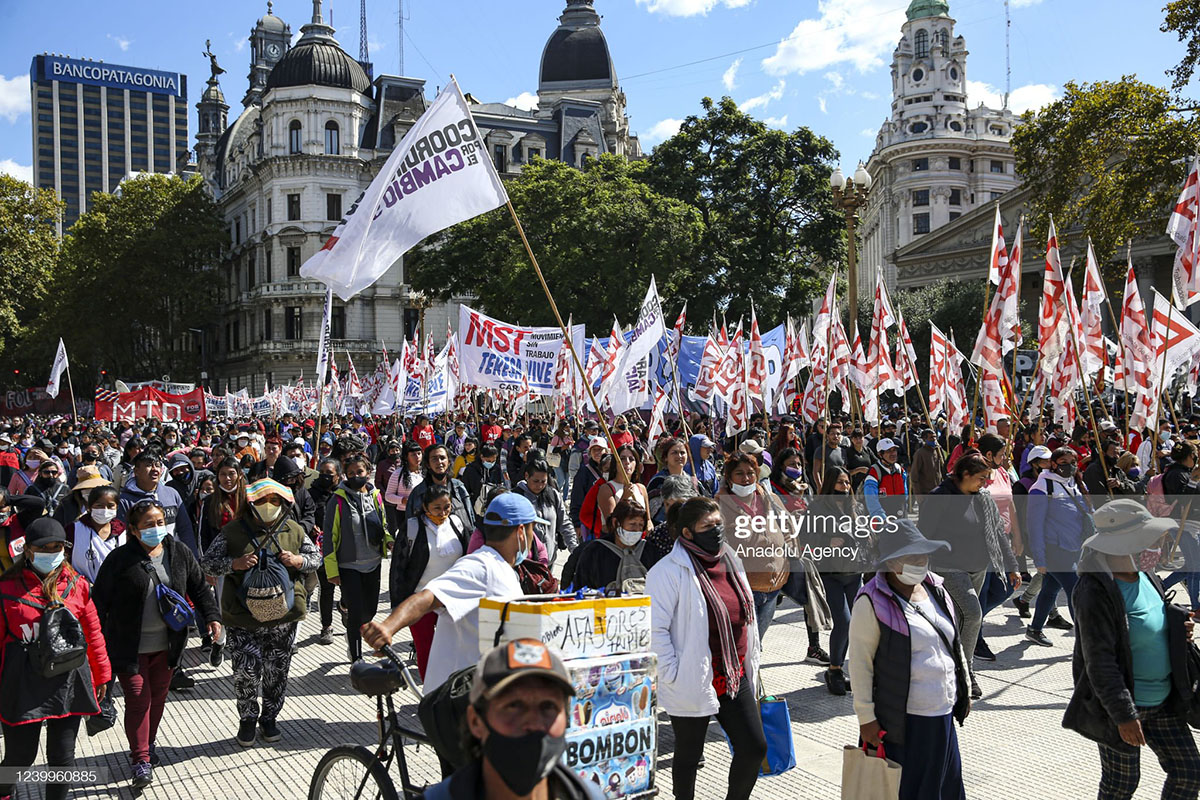By NAN STAFF WRITER
News Americas, NEW YORK, NY, Fri. April 22, 2022: To accelerate recovery and close the growth gap, Latin American and Caribbean countries must urgently implement a structural reform agenda to improve competitiveness and boost economic activity through private investment.
That’s according to Atlas Network’s Center for Latin America, in partnership with the Centro de Estudios de la Realidad Economica y Social (CERES) in Uruguay. The new report on the Latin America and the Caribbean (LAC) region’s economies – which remains the world’s most affected region by the COVID-19 pandemic, found that a significant growth gap persists in the region compared to what was projected before the pandemic.
The LAC region’s GDP gap is now -6.7 percentage points for the COVID-19 post pandemic, while it was -6.4 after the 2008 financial crisis. In a context of high international and local inflation, it is alarming that the situation could worsen in low-income households, where food represents a higher proportion of total expenditure.
Dr. Ignacio Munyo, CEO of CERES, who presented the report at the Cato Institute recently, emphasized the need for a structural reform agenda in a region where reform is always delayed.
“Inflation acceleration is a generalized issue in the region. The post-pandemic increases in prices due to demand recovery and supply shortages, coupled with the effect on international prices associated with the Russian invasion to Ukraine, produce a high impact in inflation figures all over Latin America,” he told NAN exclusively. “Given that the impact is higher in low and middle incomes, a new wave of pressure for social unrest could be one of the most critical consequences.”
The report develops “The Three-Little-Pigs” Index, combining international reserves as a percentage of GDP (vertical axis) and the sum of short-term debt and fiscal deficit, both also as a percentage of GDP (horizontal axis).
In this way, the Index represents the financial strengths of each country in the LAC region. Countries like Brazil, Mexico, and Peru reside in the “brick zone,” which signals financial strength – minimal debt to pay and a high number of available reserves.
On the other hand, countries like Argentina and Chile fall in the “straw zone,” representing financial fragility. The “wood zone” is an intermediate between the two, designed for countries whose fiscal strength may be in doubt.
Taking three percent as the median inflationary acceleration, the countries that have exceeded this measure are:
Brazil (+10.4),
The Dominican Republic (+6.9),
El Salvador (+6.4),
Chile (+5.4),
Paraguay (+5.1),
Colombia (+4.5),
Peru (+4.0),
and Mexico (+3.5).
On the other hand, those countries that had an inflationary acceleration of less than three percent are:
Ecuador (+2.3),
Honduras (+2.1),
Nicaragua (+1.6),
Costa Rica (+1.4),
Uruguay (+1.0),
Guatemala (-0.8),
Bolivia (-1.1),
and Argentina (-1.3).
Noting the war between Russia and Ukraine, the Center notes a change in the favorable external conditions of LAC countries may be detrimental in terms of the economic recovery that the countries are experiencing. As such, a robust free market will be integral to the realization of that post-COVID recovery.
“For a region historically affected by macroeconomic instability, a mix of fiscal balance, strong GDP growth, and controlling inflation are key to the region’s future,” said Gonzalo Schwarz, General Manager of the Center for Latin America.










